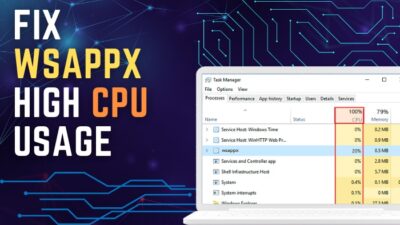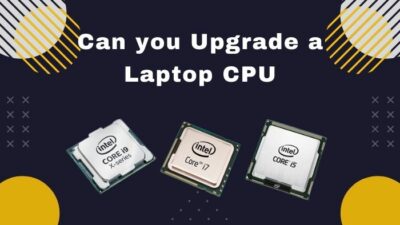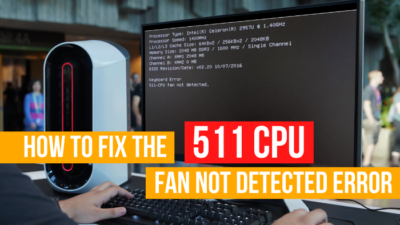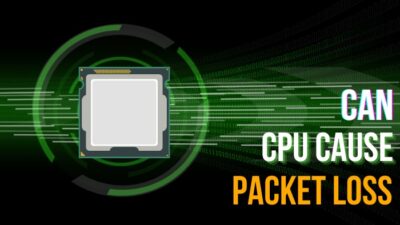A plug-and-play device is one that can be readily attached to a computer and start working without any complex setup or customization.
In recent times, there has been discussion about whether CPUs are plug-and-play components.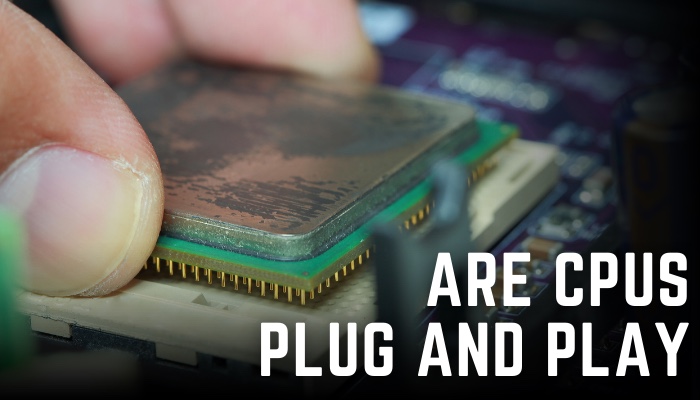
So, in this article, I’ll explain whether a CPU is truly a plug-and-play device and how to test its compatibility.
Let’s get started.
Are CPUs Plug and Play?
CPUs are easy to install on motherboards that support them. At the motherboard stage, this may be more problematic. The type of BIOS, motherboard, and memory compatibility are a few factors that affect the plug-and-play capability of the CPU.
The answer for Processors is more complicated than for other plug-and-play equipment. On the other hand, new CPUs are to be functional with the basic connector types present in most motherboards, enabling them to install in a reasonably straightforward operation.
Simply place a tiny bit of thermal paste, match the CPU’s pins with the socket, and tighten the latching mechanism.
However, a CPU’s compatibility with a motherboard does not guarantee that it will perform well or not even at all. The productivity and stability of the computer can be affected by elements such as the BIOS edition, motherboard, and storage capacity.
In some situations, a motherboard might have to be changed to handle the most recent CPUs, which may necessitate a BIOS update, further delaying the installation procedure.
On the flip side, you need no Windows reinstall to upgrade to the same generation CPU. That’s kind of a plug-and-play scenario.
Furthermore, Processors may demand certain memory kinds, power levels, and cooling solutions. Therefore, each of these could need to be updated to work effectively.
How to Check Your CPU Compatibility
To determine CPU compatibility, you must first identify your motherboard model number, CPU socket type, and CPU model number. Users can also specify their CPU compatibility by looking at the CPU Package Type and CPU Frequency support for the motherboard.
The compatibility verification method is straightforward; simply follow the steps below to learn how.
Here’s how to determine the CPU compatibility:
1. Identify Your Motherboard
The first step in determining CPU compatibility is verifying what kind of motherboard you have. Go to your System information settings on your computer, and you will find your motherboard model.
The following steps describe how to access System information:
- Type System Information on the Start menu.
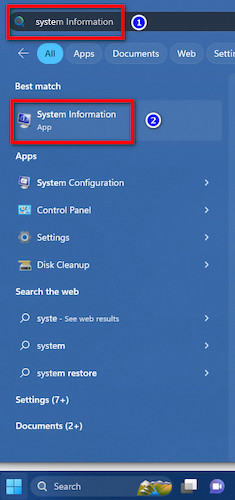
- Open System Information.
- Check the BaseBoard Product option.
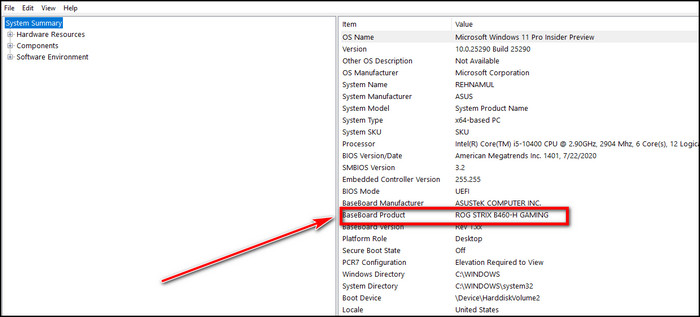
Under the BaseBoard Product selection, you may find your motherboard model. This motherboard model will assist you in determining which processors it supports.
2. Identify Your Processor Socket Type
Your CPU socket type will determine what motherboard your processor will support. To identify your CPU socket type, simply search for your processor model on the internet.
Identifying your CPU model from System Information is the same way as identifying the motherboard model in the previous step.
For example, I’m curious about the socket that houses my Intel Core i5 12400 Processor. So I enter the processor model into the browser. On Intel’s official website, I can check what kind of socket it is. I discovered that my processor’s socket type is FCLGA1700. 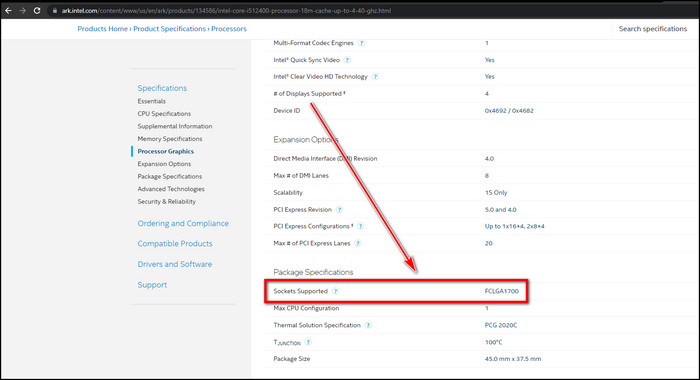
Once you’ve determined your socket type, match the processor socket type with the motherboard socket type. If it corresponds, your processor is compatible with the motherboard. Otherwise, you have to find a matching motherboard.
Can a CPU socket be replaced? Read our dedicated article which answers this question.
What Does a CPU Do?
The processor contributes significantly to the system with the commands and computing power to function. The quicker your system can finish tasks, the more efficient and modern your CPU is. You may make your pc understand and work faster by purchasing a more capable CPU.
The control circuit and the arithmetic logic unit are the two main parts of the central processing unit (CPU). The control unit retrieves commands from memory, decrypts them, and organizes the ALU and other parts’ functions.
A bus, which is a wired network that carries data, orders, and locations between the Processor and other devices, connects the CPU to the rest of the system.
Gigahertz (GHz), the maximum number of clock cycles per second that a processor is capable of, is used to measure a CPU’s speed. The clock speed, number of cores, and cache size affect the CPU’s overall efficiency.
What is the Best CPU?
General-purpose workloads are best served by Intel Core i3, i5, or i7 processors or AMD Ryzen 3, 5, or 7. For heavy users such as video editors, graphic designers, or gamers, the Intel Core i9 or AMD Ryzen 9 processor might be a better choice.
Budget-conscious consumers should consider the Intel Pentium, Celeron, or AMD Athlon processor.
These low-cost Processors offer adequate speed for basic tasks such as internet browsing, messaging, and text editing while being less costly.
Heavy users, including video editors, visual artists, or game designers, may prefer the Intel Core i9 or AMD Ryzen 9.
These high-end Processors have quicker response times and more cores, enabling better multitasking and demanding program performance.
Finally, the optimal CPU for you is determined by your budget, the jobs you intend to complete, and the amount of performance you demand.
FAQs
Can I just plug in a new CPU?
Yes, desktop PCs can easily have their CPUs upgraded. Make sure the processor you want is compatible with the motherboard.
Can you install a new CPU without reinstalling OS?
Reinstalling your operating system is not necessary when installing a new CPU.
Do I need a new motherboard for a new CPU?
If you buy a different CPU that your motherboard does not support, you will need a new motherboard; otherwise, you will not need to update it.
Conclusion
While current CPUs are largely plug-and-play in terms of physical setup, the architecture of the system and the compliance requirements may make it difficult.
Verify that the processor is compatible with the motherboard, storage, and RAM, to ensure proper operation and performance.
If you have any questions or feedback about this topic, feel free to comment in the section below.

